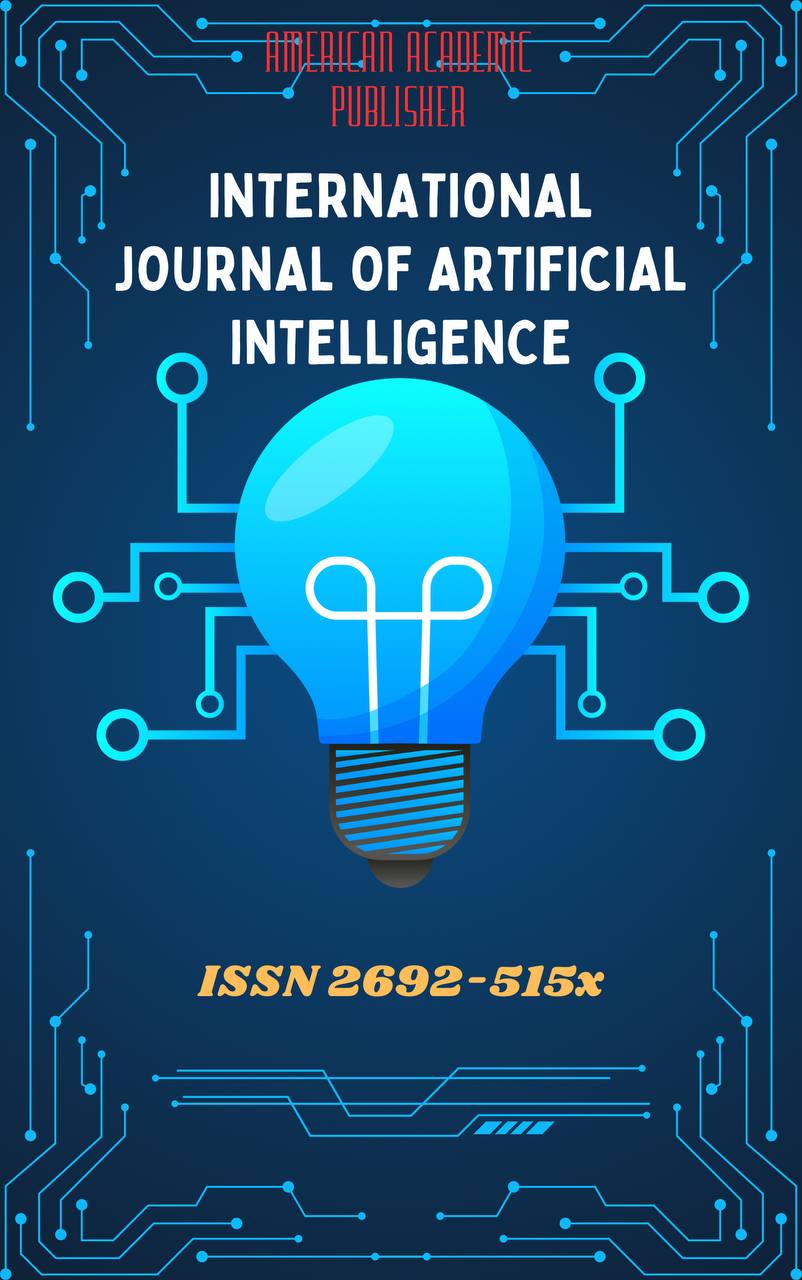 Articles
| Open Access |
Articles
| Open Access | THE ROLE OF ARTIFICAL INTELLIGENCE IN LANGUAGE LEARNING AND TEACHING
Zaynitdinova Sabrina Sadriddin qizi , Chirchik State Pedagogical University Faculty of Tourism Foreign language and literature (English)Abstract
This article describes the opportunities and barriers of integrating Artifical Intelligence (AI) into foreign language learning and teaching. It explores how AI tools such as translation programs, writing checkers, and chatbots can help students to learn in a more personalized and better way. One of the things that it was explained is that many current programs are still simple and can not completely adapt to learners’ needs. So, it also shows two ways that try to make language tasks smarter and more useful. In conclusion, the paper suggests that in the future AI will be a main part of classrooms, however, the demand for teachers will always remain.
Keywords
Artifical Intelligence (AI), foreign language learning, foreign language teaching, machine translation, AI writing tools, chatbots, feedback and assessment, digital education, task-based language learning.
References
Godwin-Jones, R. (2019). Emerging technologies: AI and language learning. Language Learning & Technology, 23(3), 4–14.
Li, J., Link, S., & Hegelheimer, V. (2015). Rethinking the role of automated writing evaluation (AWE) feedback in ESL writing instruction. Journal of Second Language Writing, 27, 1–18. https://doi.org/10.1016/j.jslw.2014.10.004
Lu, X., & Ai, H. (2015). Syntactic complexity in college-level English writing: Differences among writers with diverse L1 backgrounds. Journal of Second Language Writing, 29, 16–27. https://doi.org/10.1016/j.jslw.2015.06.003
Pérez, L. M., & Murray, L. (2010). Learner interaction in synchronous CMC: Connecting theory, research, and practice. In L. Lomicka & G. Lord (Eds.), The next generation: Social networking and online collaboration in foreign language learning (pp. 129–156). CALICO.
Wang, Y., & Vásquez, C. (2012). Web 2.0 and second language learning: What does the research tell us? CALICO Journal, 29(3), 412–430. https://doi.org/10.11139/cj.29.3.412-430
Xu, Y., & Warschauer, M. (2019). Young learners and automated writing evaluation: Rater reliability and instructional implications. Language Testing, 36(3), 427–451. https://doi.org/10.1177/0265532219829766
Zhao, Y., & Lai, C. (2022). The use of artificial intelligence in second language education: A systematic review. Computer Assisted Language Learning. Advance online publication. https://doi.org/10.1080/09588221.2022.2068733
Ziegler, N. (2016). Synchronous computer-mediated communication and interaction: A meta-analysis. Studies in Second Language Acquisition, 38(3), 553–586. https://doi.org/10.1017/S027226311500025X
Article Statistics
Downloads
Copyright License

This work is licensed under a Creative Commons Attribution 4.0 International License.

